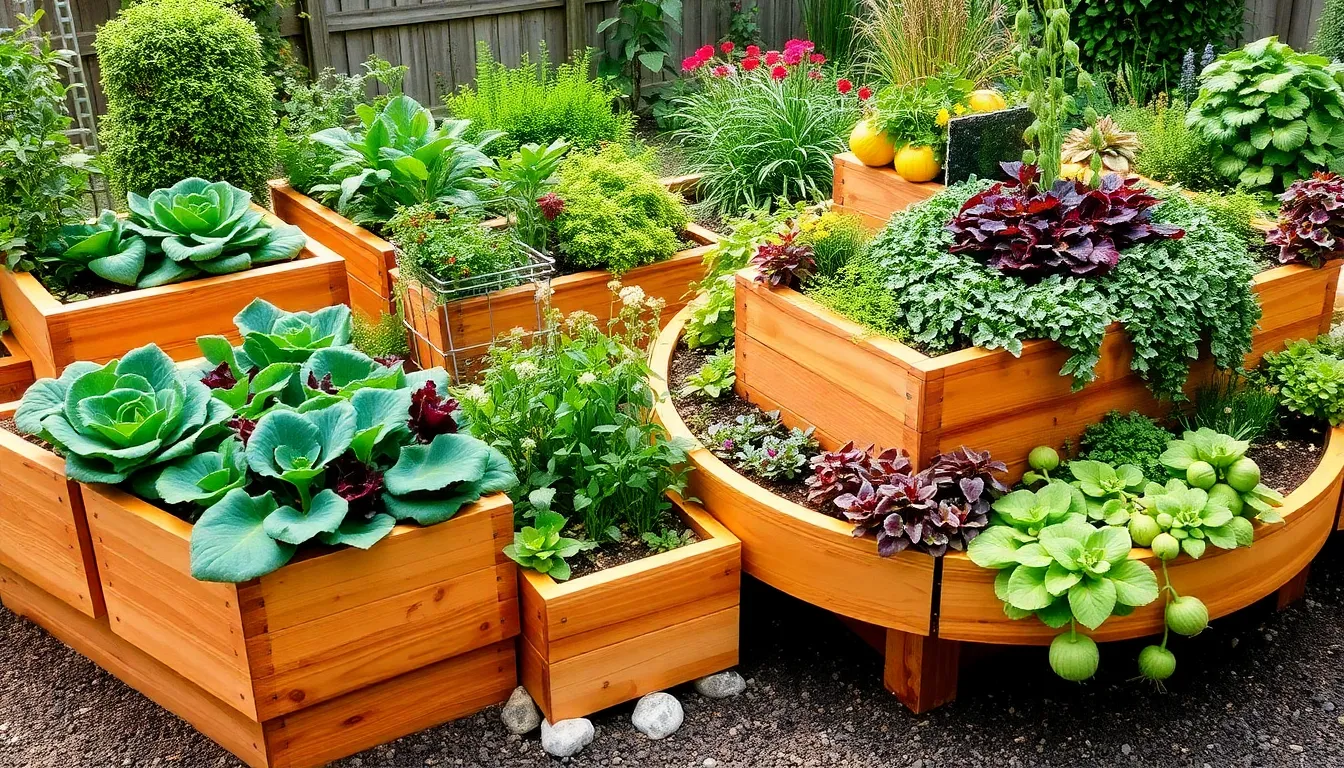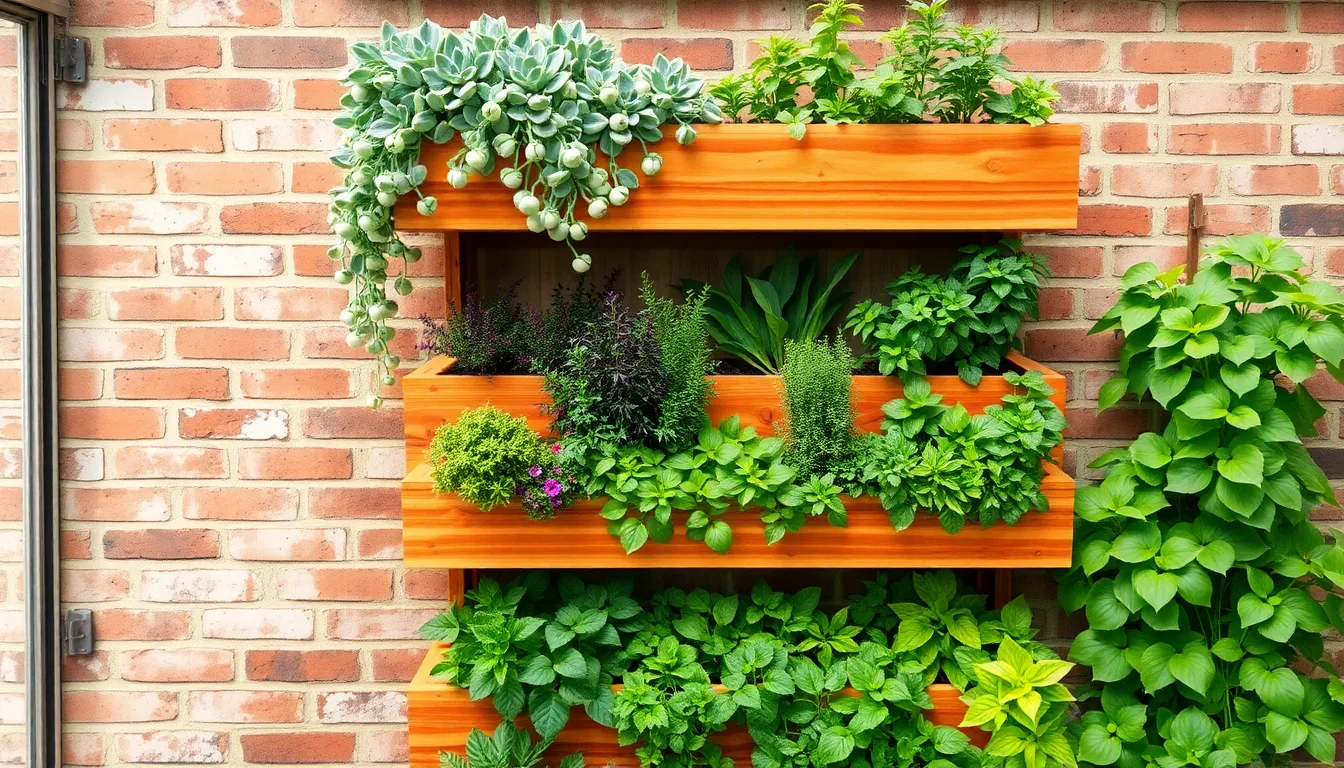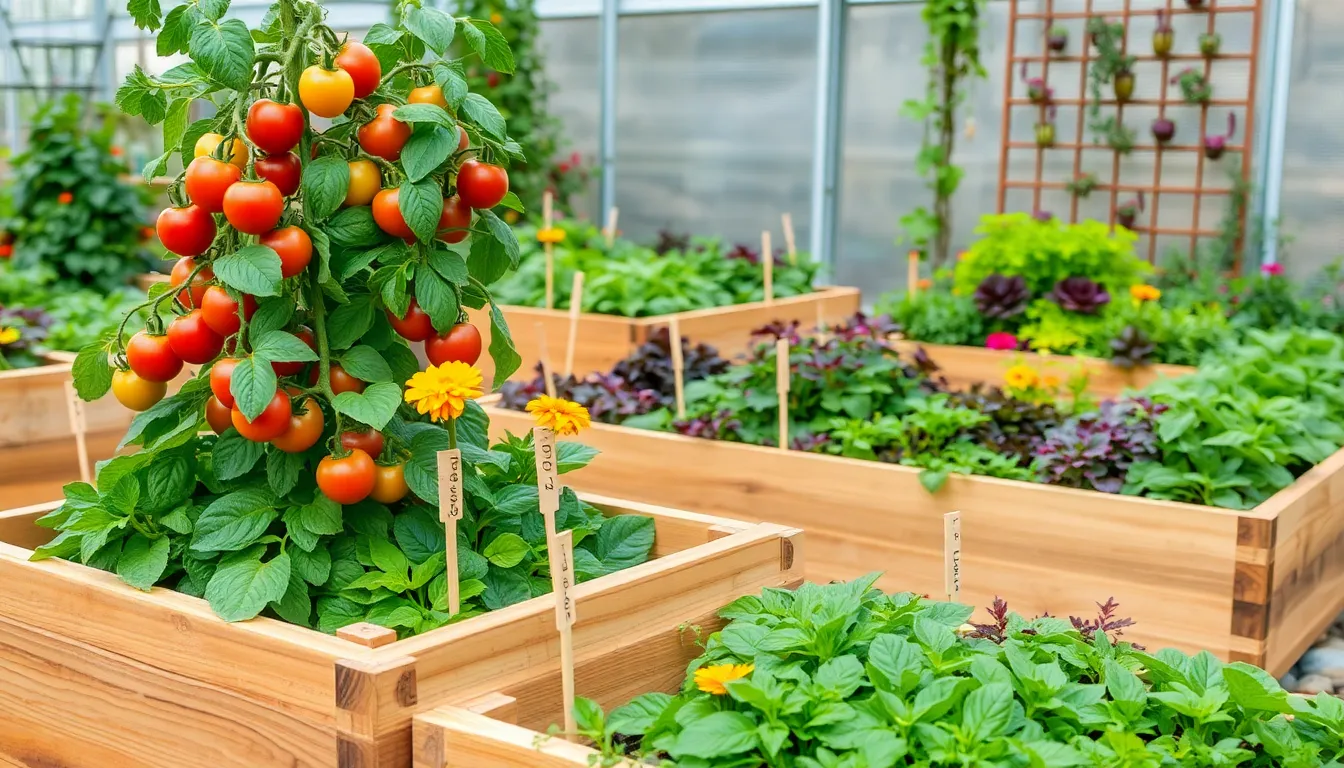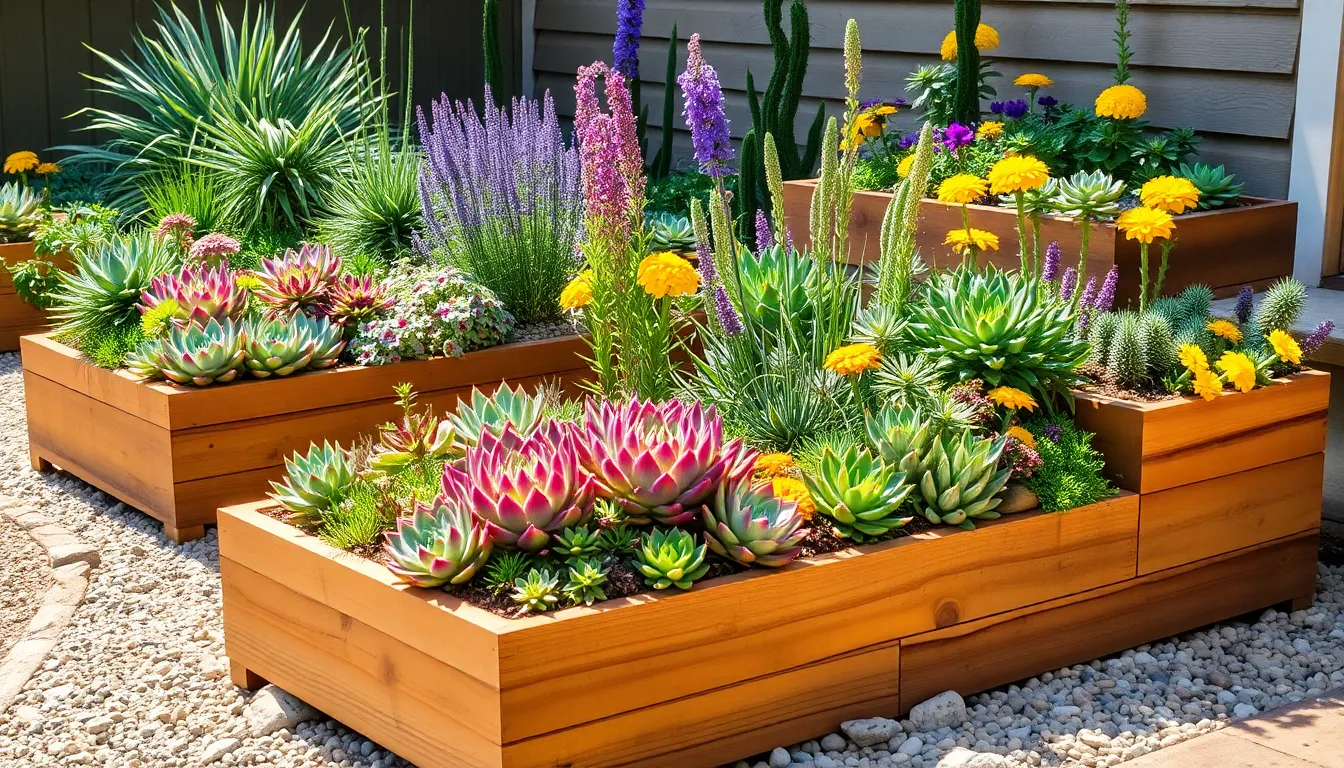Gardening is an art that blossoms with creativity, and nothing exemplifies this more than the versatile world of raised bed gardens. Whether you’re just starting out with your first packet of seeds or you’ve already harvested enough zucchini to feed the neighborhood, raised beds offer a dynamic canvas for cultivating your green dreams. Their structured form not only elevates your plants but also your gardening experience, making it easier to manage soil quality, drainage, and plant health.
In this article, we’ll delve into 12 innovative raised bed garden plans that cater to every level of gardener. From compact urban spaces to sprawling backyard plots, these designs promise to inspire and challenge your gardening skills in new and exciting ways. You’ll gain practical insights into maximizing space, enhancing soil conditions, and choosing the right materials to craft your little piece of paradise. So, let’s roll up our sleeves and discover how to transform your gardening vision into a vibrant, flourishing reality.
Choosing the Perfect Design
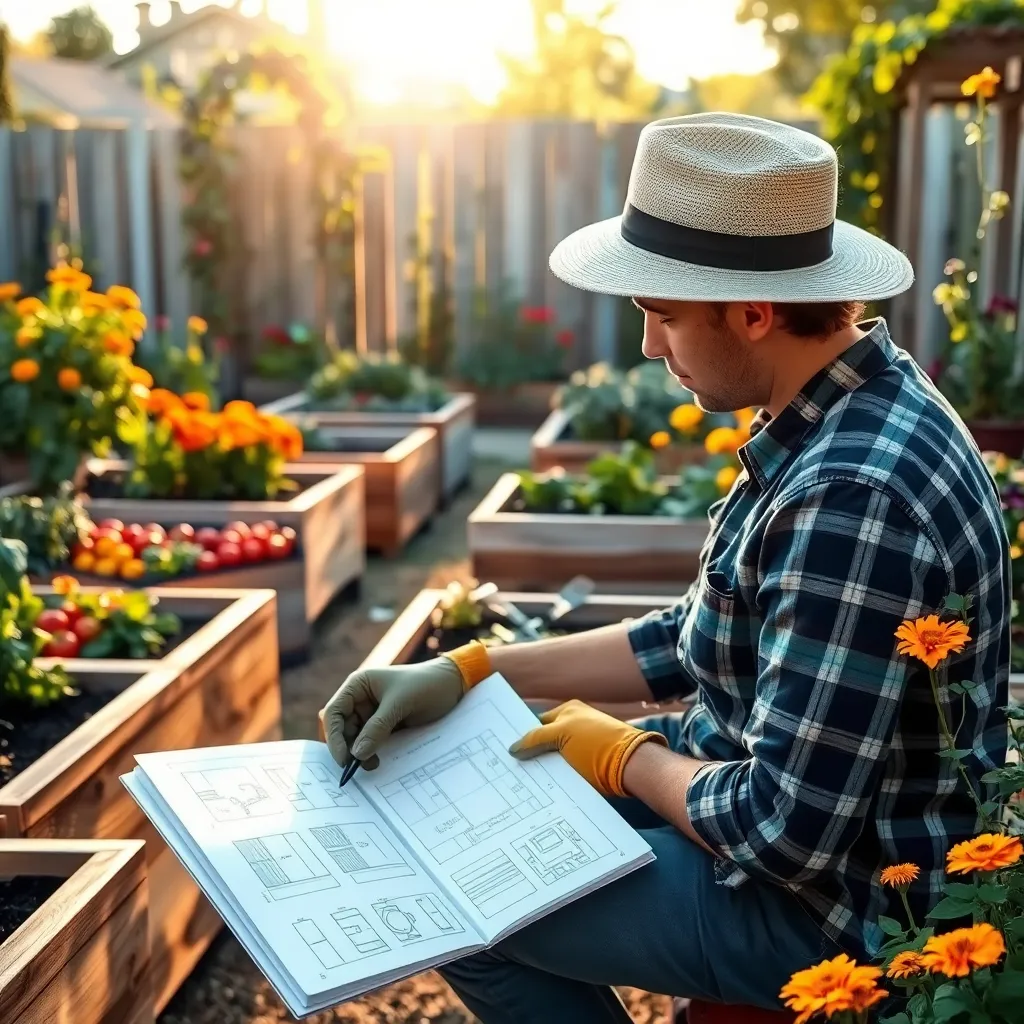
When choosing the perfect design for your raised bed garden, consider the space available and the types of plants you want to grow. An efficient design maximizes sunlight exposure and ensures easy access for maintenance.
If you’re a beginner, start with a simple rectangular design, which is easy to build and maintain. As you gain confidence, experiment with creative shapes like L-shapes or U-shapes to add visual interest and functionality.
Advanced gardeners might consider tiered or multi-level designs if they want to grow a variety of plants with different sun and soil requirements. This approach allows you to take advantage of microclimates within your garden, optimizing conditions for each plant type.
Ensure your raised bed is at least 12 inches deep to accommodate root systems, especially for root vegetables like carrots and potatoes. Use a mix of high-quality garden soil, compost, and perlite to provide excellent drainage and nutrients.
Proper watering is crucial; consider installing a drip irrigation system for consistent moisture levels. This is particularly beneficial in hot climates or for gardeners who can’t water daily, ensuring your plants thrive with minimal effort.
Space-Saving Vertical Gardens
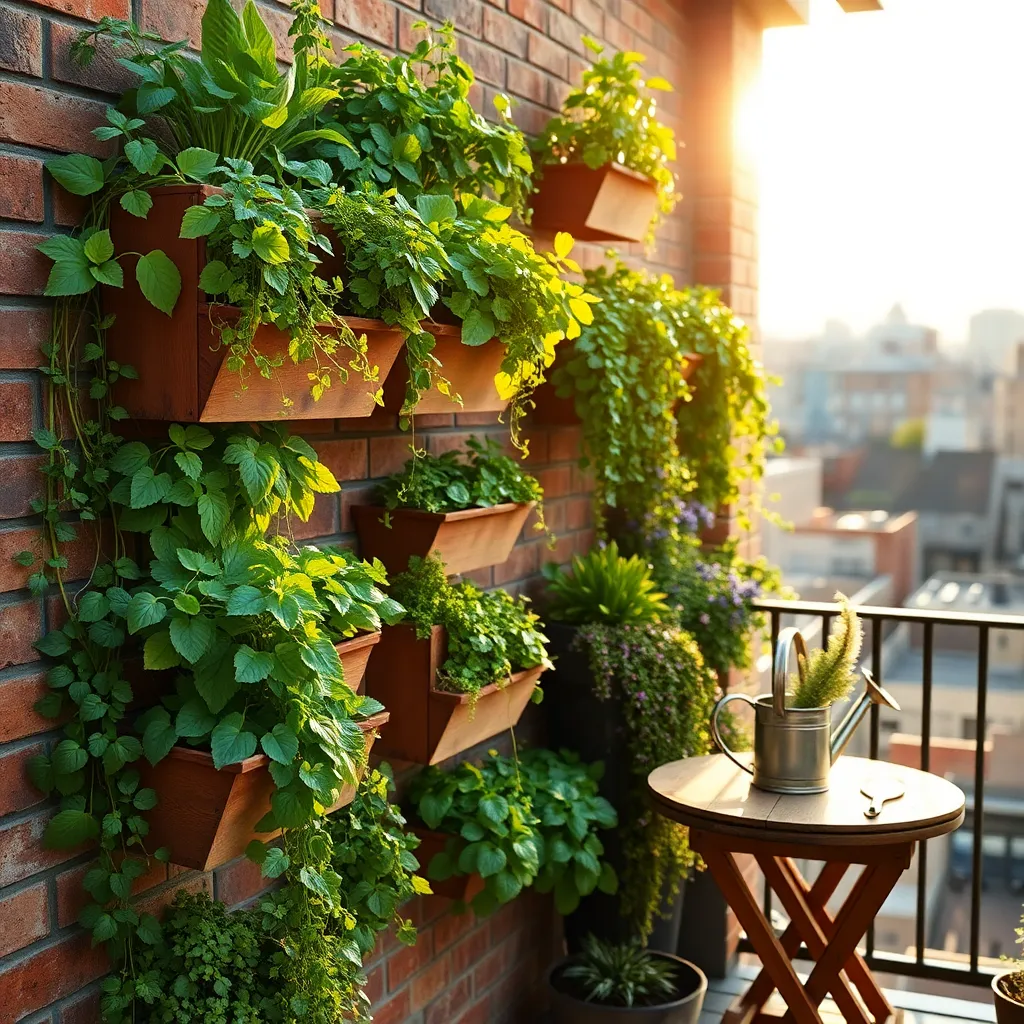
Vertical gardens are an excellent way to maximize growing space, especially in smaller areas. By utilizing walls or vertical structures, gardeners can grow a variety of plants without needing extensive ground space.
Start by selecting a sturdy vertical frame or trellis suitable for the weight and type of plants you intend to grow. Materials like metal, wood, or heavy-duty plastic are commonly used for their durability and support.
For those new to vertical gardening, consider starting with easy-to-grow plants such as herbs or strawberries. These plants are lightweight and adapt well to vertical spaces, thriving when provided with the right soil and watering conditions.
Ensure that your vertical garden receives adequate sunlight, typically about 6-8 hours a day for most vegetables and fruiting plants. Rotate the plants occasionally to ensure even sun exposure, especially if your structure is large or placed against a wall.
Advanced gardeners might explore hydroponic or aeroponic systems as part of their vertical setup. These systems can optimize water usage and nutrient delivery, providing a controlled environment for plant growth.
Watering is crucial in vertical gardens, as soil can dry out more quickly due to increased exposure. Consider installing a drip irrigation system or using self-watering planters to maintain consistent moisture levels.
Lastly, regular maintenance, such as pruning and pest management, is essential to keep your vertical garden healthy. Use organic pest control methods and regularly check for any signs of disease to ensure your plants remain vigorous and productive.
Incorporating Companion Planting
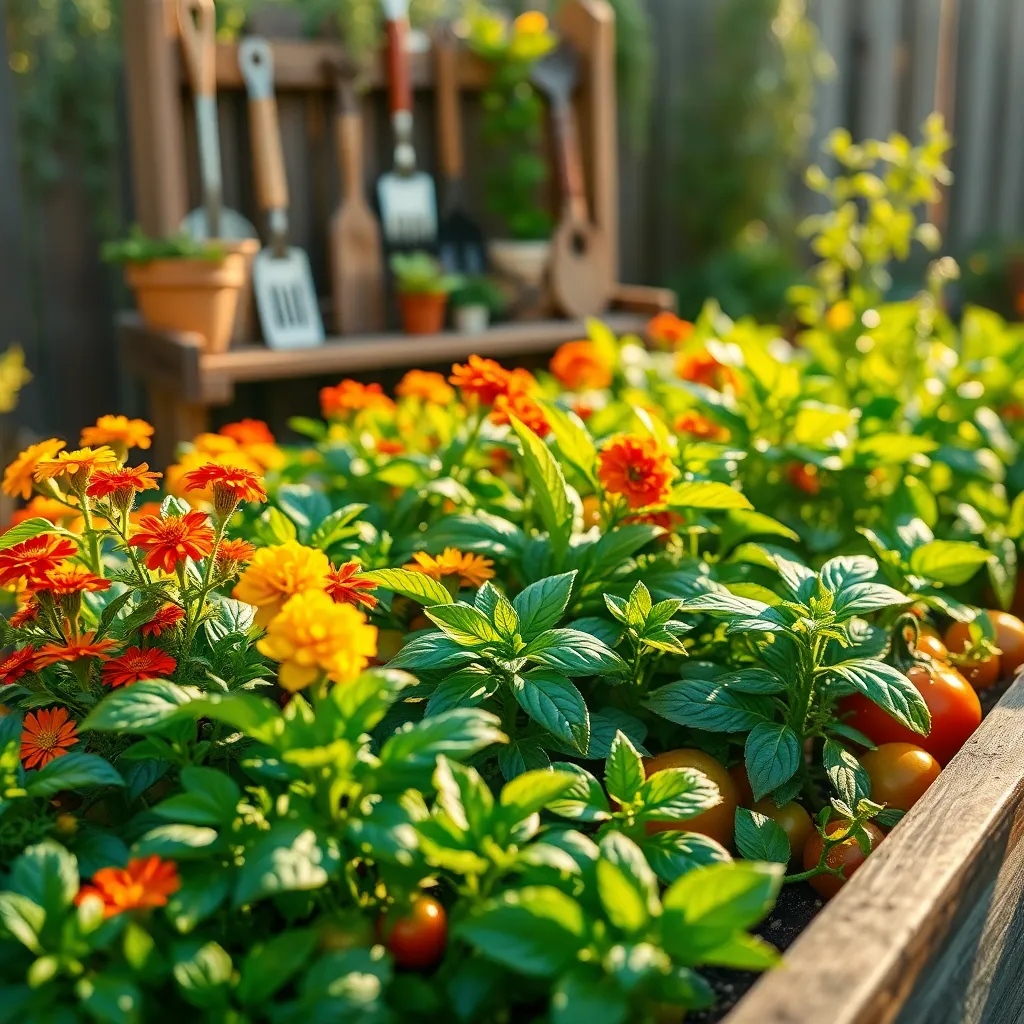
Companion planting is a strategic method to optimize the health and yield of your raised bed garden. By pairing plants with complementary growth habits and pest-repelling qualities, you can create a thriving ecosystem without relying heavily on chemical interventions.
For beginners, starting with a few classic pairings is a great way to see the benefits firsthand. Consider planting tomatoes with basil; not only does basil repel pests like aphids, but it also enhances the flavor of tomatoes grown nearby.
Experienced gardeners can experiment with more complex combinations, such as integrating carrots and onions. Carrots help aerate the soil, while onions deter carrot flies, creating a mutually beneficial relationship.
To maximize success, ensure your soil is rich in organic matter and well-draining, as most companion plants thrive in these conditions. Watering should be consistent but not excessive, with an emphasis on keeping the soil moist without waterlogging.
Additionally, consider the growth habits and sunlight needs of your chosen plants. Pair tall, sun-loving species with shorter, shade-tolerant ones to create a harmonious balance and prevent competition for light.
Tiered Bed Structures Explained
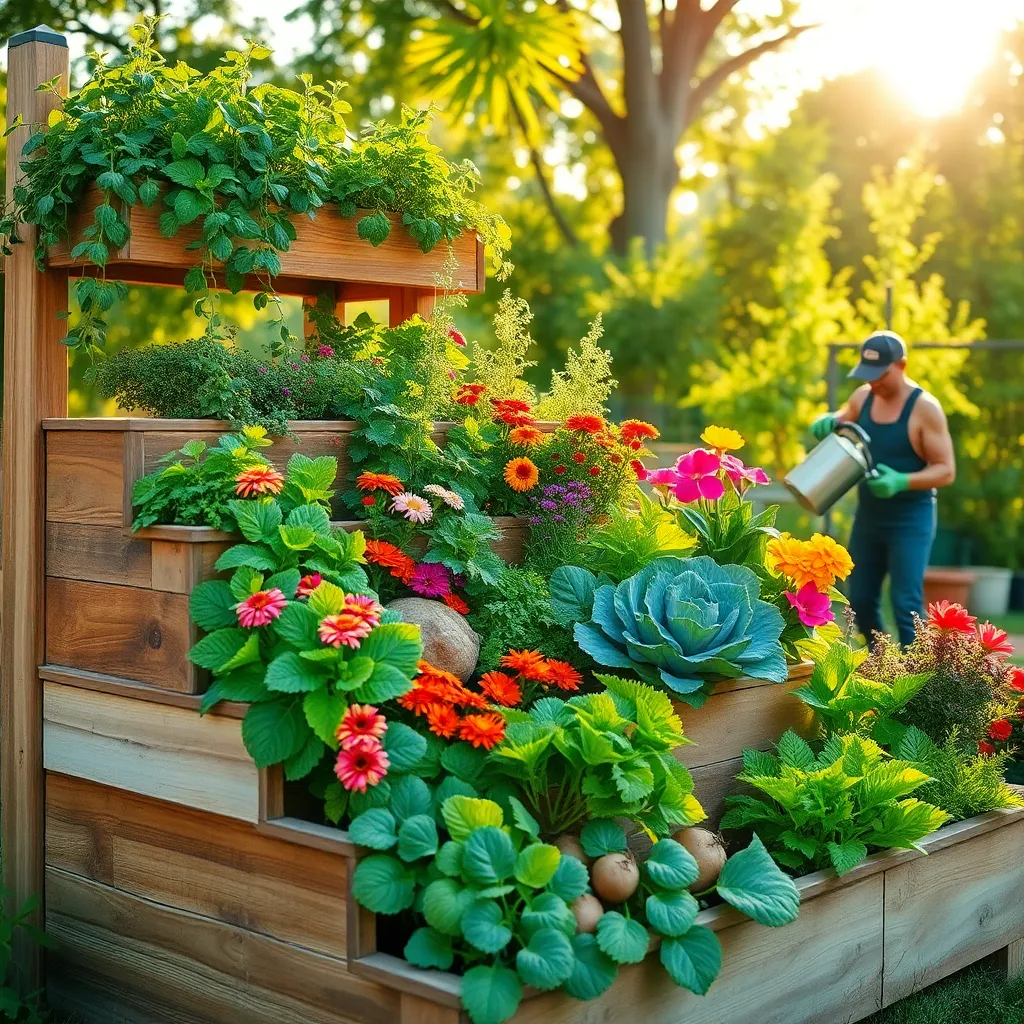
Tiered bed structures are a fantastic way to maximize planting space in a garden, especially if you’re working with a sloped yard. By building up layers of soil, you can create a visually appealing garden that also allows for efficient drainage and sun exposure.
One of the most significant advantages of tiered beds is the ability to plant a variety of crops with differing soil and sunlight needs. For instance, you can place sun-loving plants like tomatoes at the top tier and shade-tolerant greens like lettuce at the lower levels. This strategic planting helps optimize the growing conditions for each type of plant.
Constructing a tiered bed requires careful planning and solid construction materials to ensure stability. Use rot-resistant wood like cedar or composite materials to build the tiers, as these can withstand weathering and provide long-lasting support. Additionally, ensure that each tier has adequate soil depth, typically at least 12 inches, to support healthy root development.
When setting up a tiered garden, consider the watering needs of your plants. Since water naturally flows downward, plants in the upper tiers may require more frequent watering compared to those in the lower tiers. Implementing a drip irrigation system can help maintain consistent moisture across all levels, making your garden more efficient and reducing water waste.
Materials for Building Raised Beds
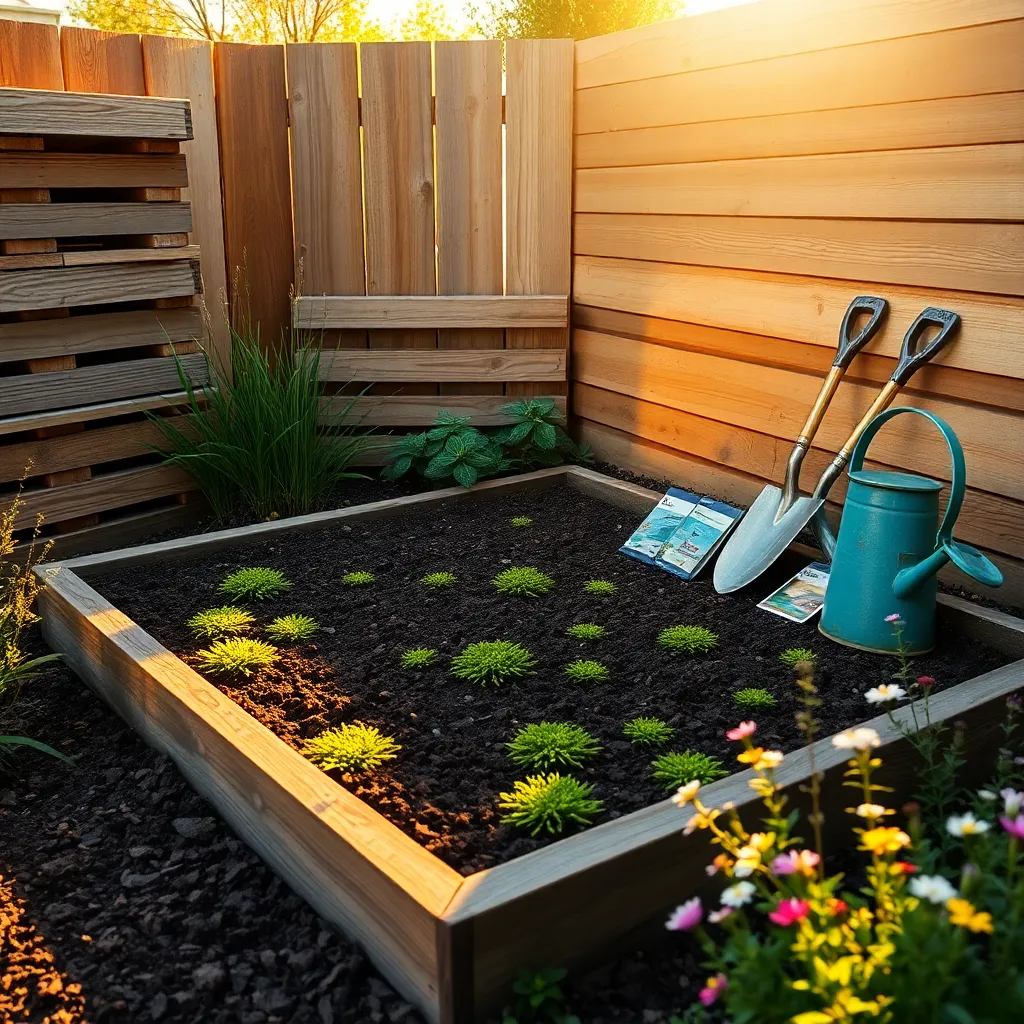
When building raised beds, choosing the right materials is essential for both durability and plant health. Wood is a popular choice because it is readily available and easy to work with, but be sure to select rot-resistant types like cedar or redwood for longevity.
To prevent chemical leaching, avoid using treated wood, especially if you plan to grow edibles. Alternatively, you can line your beds with heavy-duty landscape fabric to provide an additional barrier and increase their lifespan.
For a more modern and long-lasting option, consider using galvanized metal, which offers excellent durability and a sleek look. Metal beds can heat up more quickly, which is beneficial in cooler climates, but may require extra watering during hot spells to prevent soil from drying out.
Repurposed materials, such as bricks or cinder blocks, also make excellent choices for building raised beds. They are sturdy, provide good insulation, and can be arranged in creative designs, offering both functionality and aesthetic appeal.
Regardless of the material you choose, ensure that your raised beds are at least 12 inches deep to accommodate root growth for most plants. If growing root vegetables like carrots or potatoes, consider deeper beds to allow ample space for development.
Maximizing Yield in Small Spaces
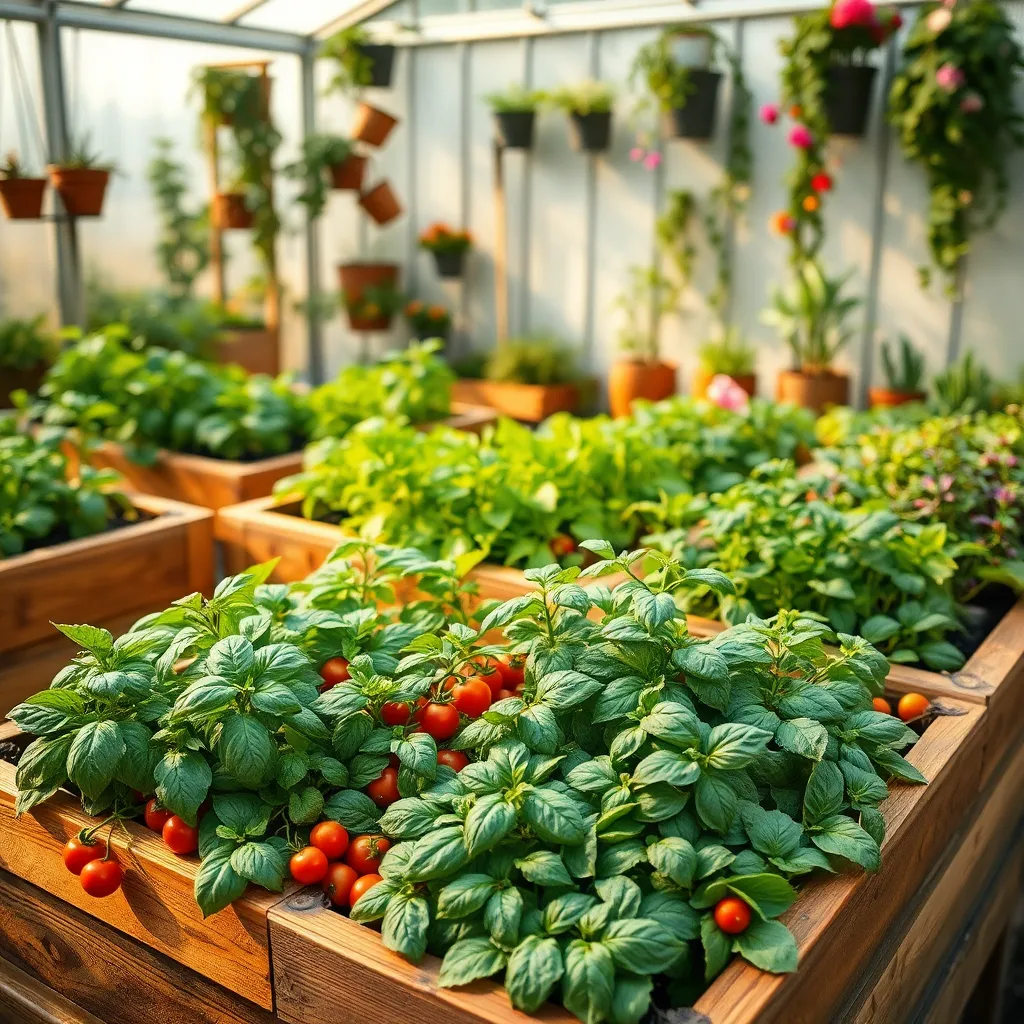
When gardening in small spaces, maximizing yield becomes a crucial focus. One effective approach is to use vertical gardening techniques such as trellises or stakes to encourage plants like tomatoes and cucumbers to grow upwards, saving ground space for other crops.
Choosing the right plants can significantly impact your garden’s productivity. Opt for high-yield, compact varieties like bush beans, radishes, or leaf lettuces, which thrive in limited space while providing abundant harvests.
Implementing a succession planting strategy can further enhance productivity in a small garden. By planting fast-growing crops in succession, such as lettuce or radishes, you can ensure a continuous harvest throughout the growing season.
Soil quality is paramount in small raised beds, so ensure your soil is nutrient-rich and well-draining. A mix of compost, peat moss, and vermiculite can create an ideal environment for roots to thrive, leading to more robust plant growth.
Efficient watering is essential in confined spaces, as raised beds can dry out quickly. A drip irrigation system or soaker hoses ensure consistent moisture levels without overwatering, which is key to maintaining plant health and maximizing yield.
Integrating Decorative Elements
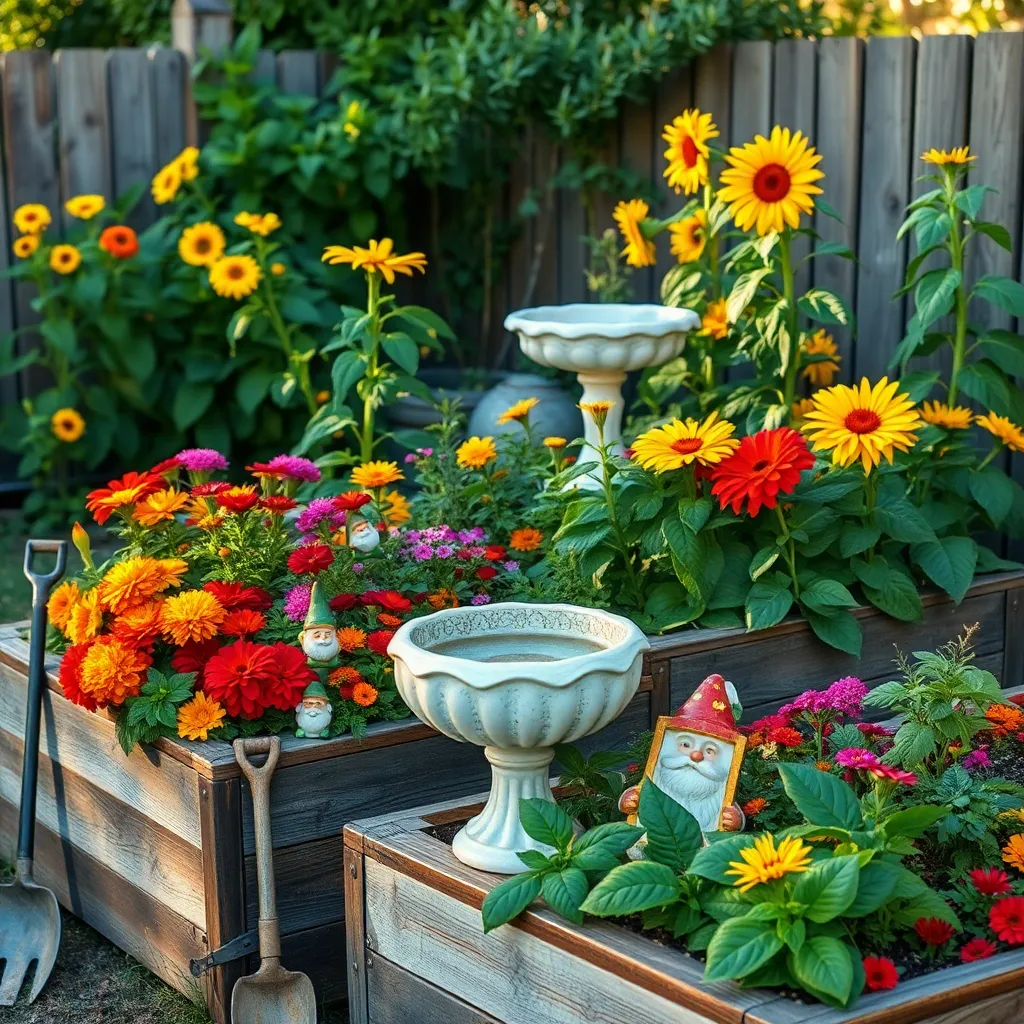
Integrating decorative elements into your raised bed garden can transform it into a visual masterpiece. Consider adding trellises to support climbing plants like peas or tomatoes, which not only saves space but also adds vertical interest.
Edging your raised beds with decorative stone or reclaimed wood can enhance their aesthetic appeal. Choose materials that complement your garden’s style while ensuring they are durable and weather-resistant.
Incorporate decorative mulch such as bark, straw, or cocoa hulls to control weeds and retain soil moisture. This practice not only benefits your plants but also adds texture and color contrast to your garden beds.
Advanced gardeners might consider installing solar-powered garden lights around the perimeter of the beds. This can create a charming ambiance for evening strolls through the garden and highlight the structure of your raised beds.
Using Recycled Materials Creatively
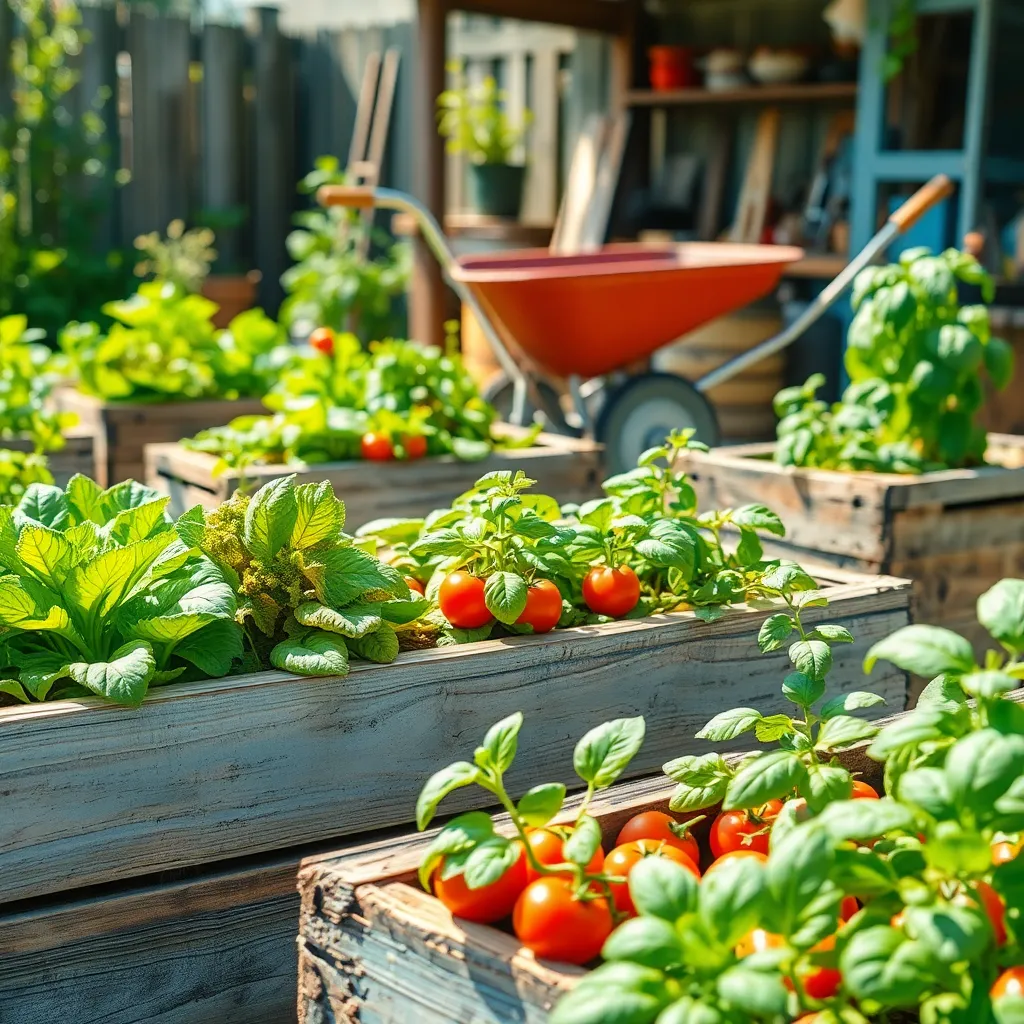
One exciting way to use recycled materials in your raised bed garden is by repurposing old wooden pallets. These can be easily transformed into raised beds with minimal effort, providing a rustic and sustainable option for growing your favorite plants.
Consider using recycled bricks or stones to create the borders of your raised bed. These materials not only add a touch of charm but also offer excellent durability and drainage, essential for healthy plant growth.
For those with limited space, consider turning discarded items like bathtubs or sinks into unique raised beds. These repurposed containers can hold a generous amount of soil, perfect for growing deep-rooted vegetables such as tomatoes and carrots.
Advanced gardeners might explore using large metal containers or barrels as raised beds. These materials heat up quickly, providing an earlier start to the growing season, but it’s crucial to ensure proper drainage to prevent root rot.
Seasonal Planting Strategies
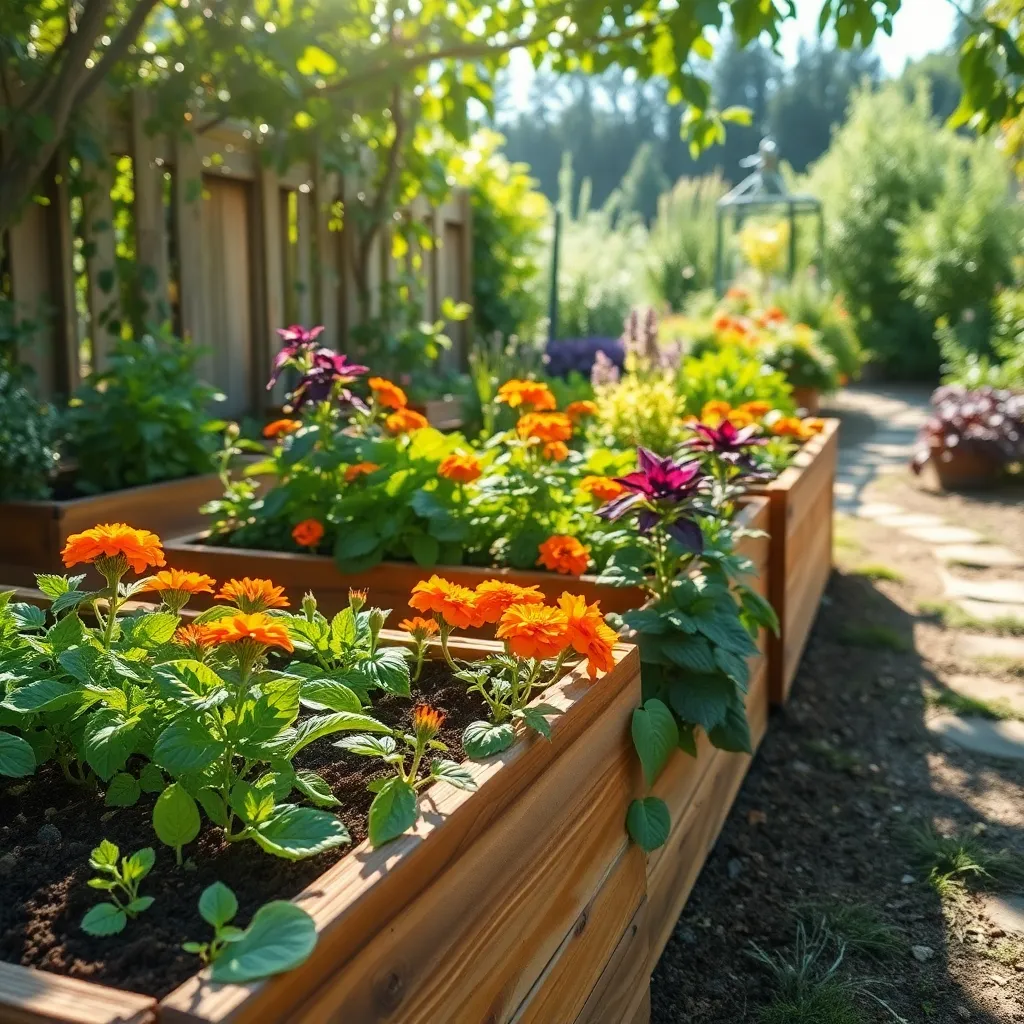
Embracing the rhythm of the seasons can significantly enhance your raised bed gardening success. By aligning plant choices with seasonal changes, you’ll optimize growth and yield in your garden.
In spring, focus on planting cool-weather crops such as lettuce, spinach, and peas. These plants thrive in mild temperatures and can tolerate the occasional late frost, making them perfect candidates for early planting.
Summer is ideal for heat-loving vegetables like tomatoes, peppers, and zucchini. Ensure your raised beds have well-draining soil and provide consistent watering to support these thirsty plants during hot months.
As autumn approaches, shift to planting hardy greens like kale and Swiss chard. These plants benefit from the cooling temperatures and will continue to produce even with shorter daylight hours.
To maximize your garden’s potential, consider succession planting, which involves planting new crops immediately after harvesting others. This technique keeps your beds productive year-round, allowing for continuous harvests.
Advanced gardeners can experiment with using floating row covers to extend the growing season. These covers protect plants from early frost and pests, offering a head start or extended harvest period.
Pest-Resistant Bed Layouts
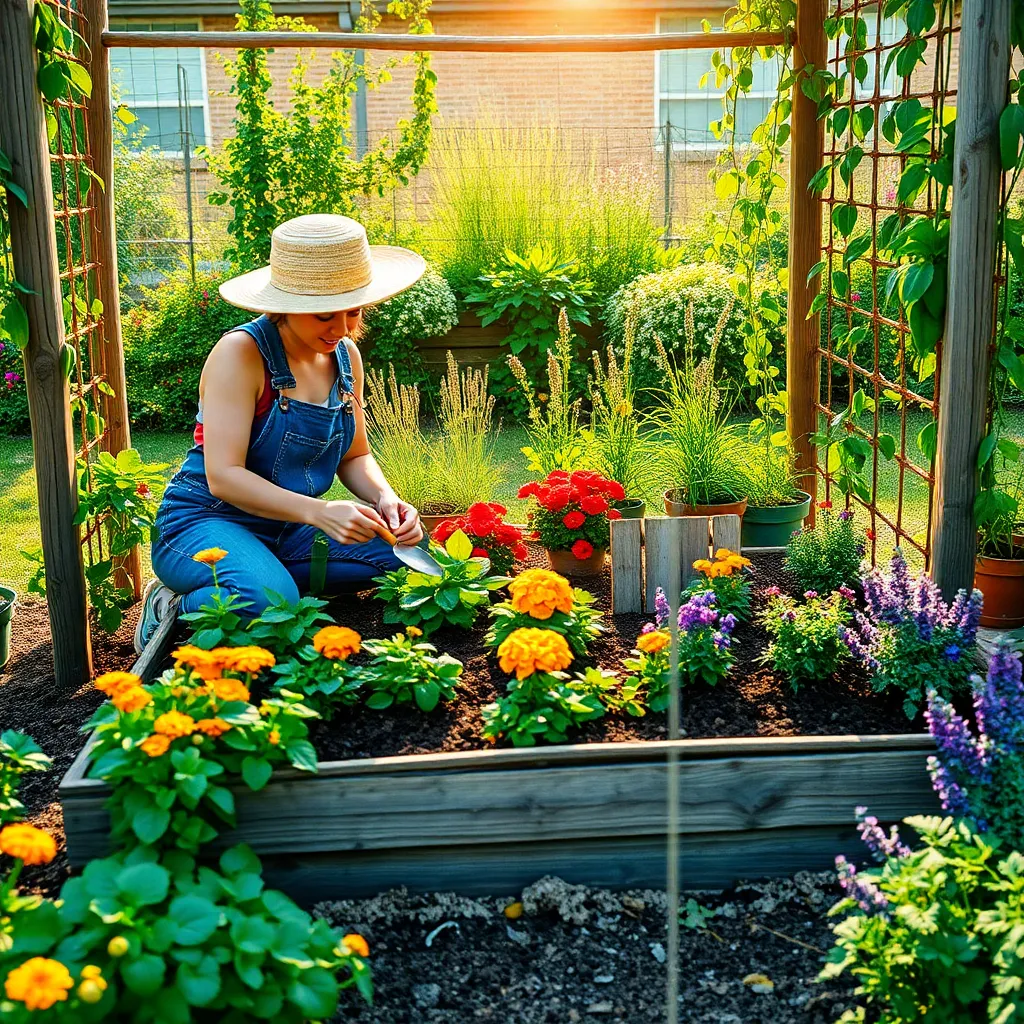
Designing a pest-resistant raised bed starts with strategic plant placement. By interspersing aromatic herbs like basil and mint with vegetables, you can naturally deter some common pests due to their strong scents.
Consider incorporating companion planting strategies, where certain plants protect each other. For example, marigolds can be placed around the perimeter of your beds to repel nematodes and aphids, acting as a natural barrier.
Utilizing a mix of plant heights and textures can help confuse and deter pests. Taller plants like tomatoes can provide shade and shelter for smaller, more delicate plants like lettuce, which are often targeted by pests.
Soil health plays a crucial role in pest resistance. Use a well-draining soil mix enriched with organic matter, as healthy plants are more resilient to pest attacks.
Regularly inspect your plants for signs of pest activity, such as holes in leaves or discolored spots. Early detection allows for prompt intervention, such as removing affected leaves or applying organic pest control methods like neem oil.
For advanced gardeners, consider creating a diversity of microclimates within your beds by using trellises or shade cloths. This can make it more difficult for pests to establish widespread infestations, as different microclimates suit different plant species.
Irrigation Solutions for Raised Beds
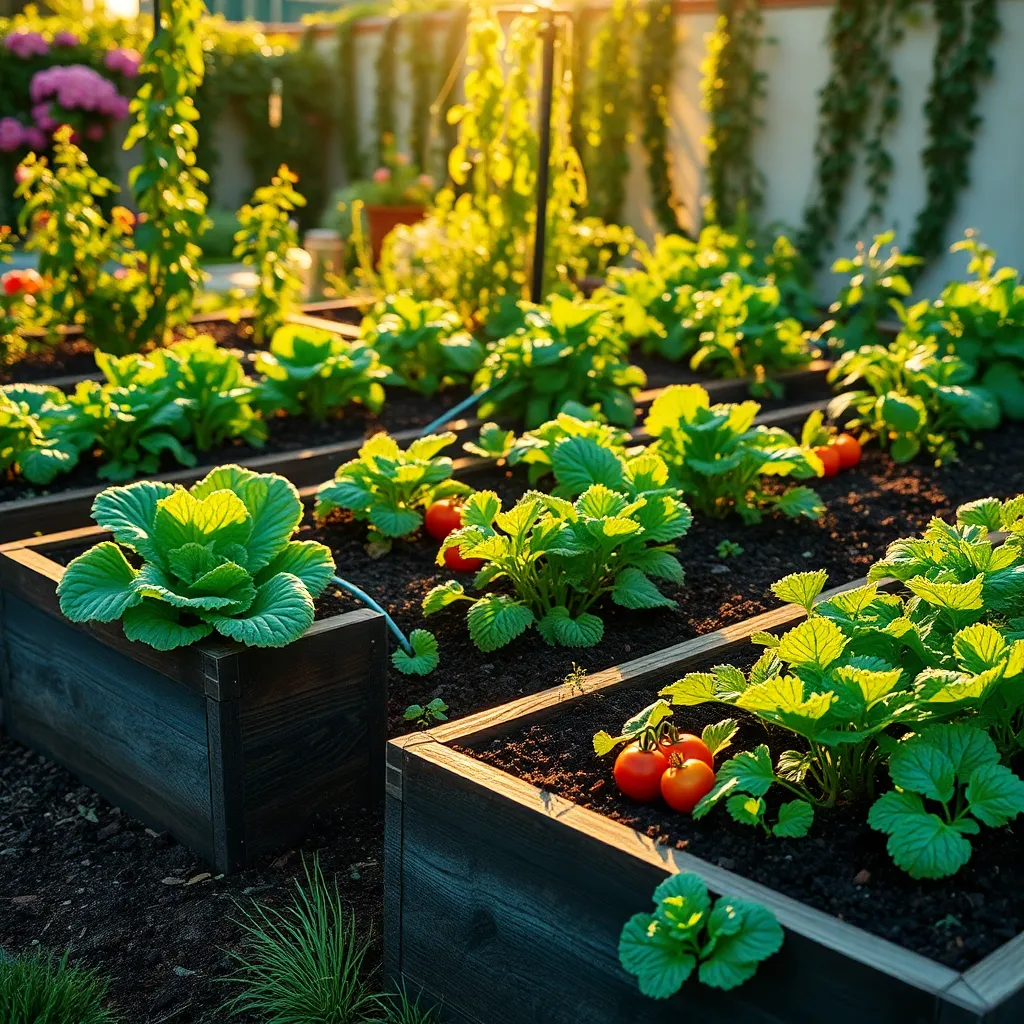
Optimizing irrigation for your raised beds is crucial for plant health and efficient water use. A simple and effective method is to install a soaker hose system, which delivers water directly to the roots and minimizes evaporation.
Beginners can start by laying soaker hoses in a zigzag pattern, ensuring even coverage throughout the bed. This approach is especially useful for raised beds filled with well-draining soil, such as a mix of compost, peat moss, and vermiculite.
For those looking to automate their watering routine, consider investing in a drip irrigation system. These systems can be connected to a timer, providing consistent moisture levels and reducing the risk of overwatering.
Experienced gardeners might explore advanced options like moisture sensors, which adjust watering schedules based on soil conditions. Incorporating mulch on top of the soil can further conserve water by reducing surface evaporation and keeping the soil cooler.
Sustainable Gardening Practices
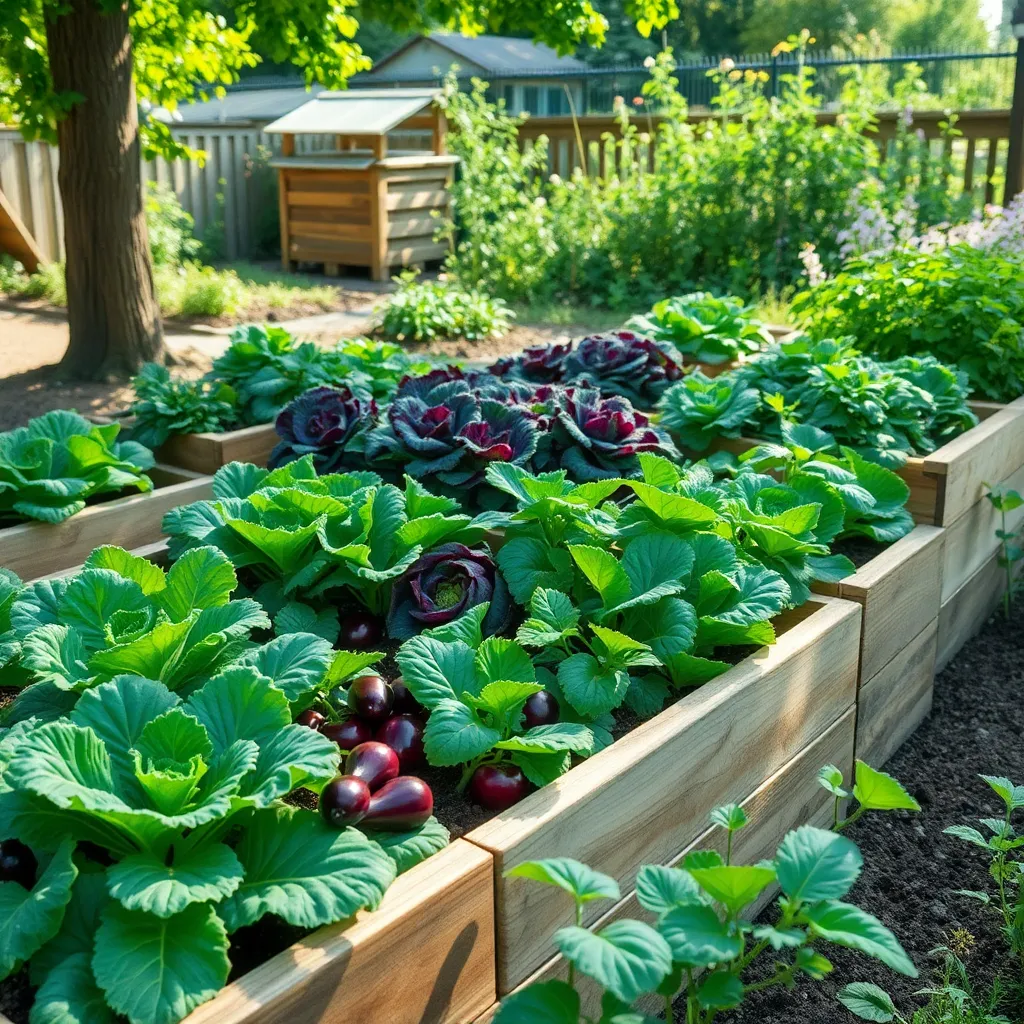
To foster a sustainable garden, start by choosing organic soil amendments such as compost or well-rotted manure to enrich your raised beds. These natural fertilizers not only improve soil structure but also encourage beneficial microbial activity, enhancing plant health over time.
Incorporating companion planting is a smart strategy to boost your raised bed’s productivity and reduce pest problems. Pairing plants like tomatoes with basil or marigolds can naturally deter harmful insects, minimizing the need for chemical pesticides.
Water conservation is a key component of sustainable gardening. Implementing a drip irrigation system ensures efficient water use by delivering moisture directly to plant roots, reducing evaporation and runoff.
For those seeking more advanced techniques, consider implementing a crop rotation plan within your raised beds. Rotating crops annually prevents nutrient depletion and reduces soil-borne diseases, keeping your garden productive year after year.
Conclusion: Growing Success with These Plants
As we wrap up our exploration of ’12 Creative Raised Bed Garden Plans,’ we’ve delved into distinct and innovative ways to nurture and grow relationships, much like cultivating a thriving garden. These plans, ranging from the importance of communication, trust-building, and shared goals, to embracing change, fostering intimacy, and celebrating milestones, serve as a foundation for a flourishing partnership. We’ve also covered the significance of maintaining individuality, practicing empathy, and supporting each other’s dreams, while not forgetting the importance of humor, adaptability, and gratitude in sustaining a vibrant connection.
To put these insights into action, choose one concept that resonates with you and your partner, and dedicate this week to actively implementing it. Whether it’s setting aside time for open dialogue or planning a surprise date, small steps can lead to profound change.
Remember, relationships, like gardens, require ongoing care and attention. Bookmark this article to revisit these strategies, ensuring your relationship continues to grow and bloom. As you embark on this journey of love and connection, know that with patience and dedication, success is within reach. Let this be the start of a thriving relationship garden, where every effort you sow will yield a bountiful harvest of joy and togetherness.

